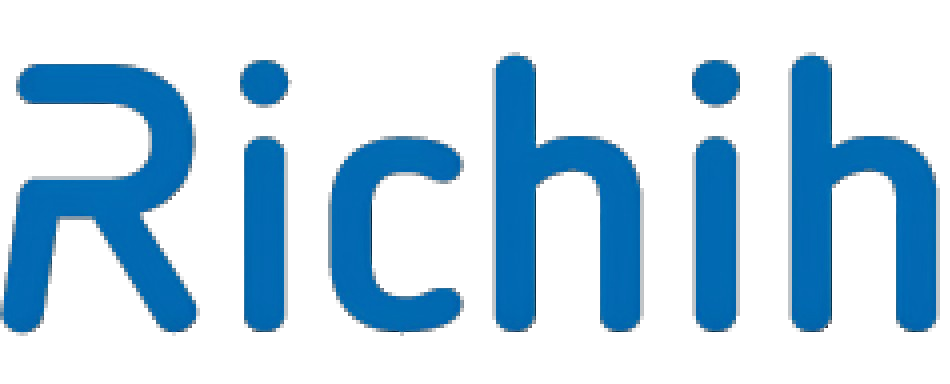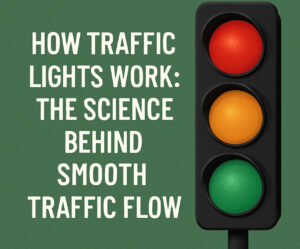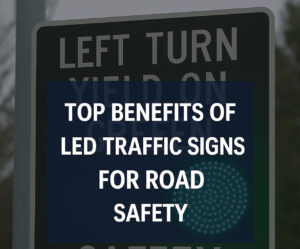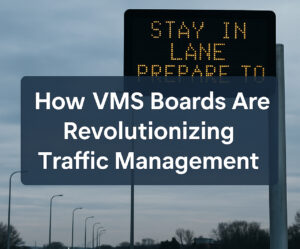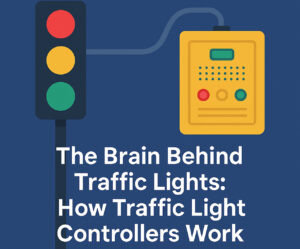Traffic signage has come a long way from its humble beginnings. What started with simple painted markers on roads has transformed into a world of high-tech displays and dynamic messaging. In today’s age of personalization and innovation, even the most functional signs have become customizable. Whether it’s a custom sign designed for a city street, custom yard signs for private use, or heavy-duty custom metal signs built for durability, the evolution of traffic signage reflects broader changes in urban design, technology, and communication. Know more..
Let’s explore how we got here and where the future of signage is headed.
Early Days: Painted Roads and Wooden Signs
In the early 20th century, traffic signs were few and far between. Most markings were painted directly onto the pavement or placed on wooden boards. These signs were static, prone to wear, and often difficult to see at night or during bad weather.
The earliest custom signs were handmade—local authorities or communities created signage as needed, often without any standardized design or color. This led to confusion and inconsistency, especially as automobile use grew.
Standardization and the MUTCD
As traffic increased, the need for standardization became obvious. In the U.S., the Manual on Uniform Traffic Control Devices (MUTCD) was introduced to regulate traffic signs’ size, color, and shape. This shift allowed for more consistent and reliable traffic communication across cities and states.
Even within the confines of MUTCD guidelines, municipalities still needed custom signs for specific traffic scenarios, parking instructions, or warnings. While custom yard signs were used more for private events or political campaigns, custom metal signs became the norm for roads due to their durability and weather resistance.
Materials Matter: From Wood to Metal
Wooden signs deteriorated quickly. Enter custom metal signs. Made from aluminum or steel, these signs resisted rust, endured harsh weather, and stayed legible for years. Reflective paint and coatings added nighttime visibility, a major safety improvement.
Cities and businesses embraced custom metal signs for their longevity. Whether marking school zones, speed limits, or special directions, metal became the go-to material for outdoor traffic signage.
Rise of Personalization
As manufacturing technology improved, so did customization. Cities wanted their logos on public signs, construction zones needed temporary yet informative signage, and homeowners began ordering custom yard signs for everything from garage sales to home security warnings.
Digital printing and CNC cutting made custom signs more affordable and faster to produce. No longer limited to mass-produced signs, customers could order specific sizes, fonts, and colors to match their branding or message.
This flexibility was a game changer, making custom metal signs ideal for businesses, construction companies, and municipalities alike.
The LED Revolution
The most dramatic leap in traffic signage came with the introduction of programmable LED signs. These digital displays replaced static warnings with real-time, changeable messages. Now, traffic control centers can update signs remotely to reflect current road conditions, detours, or emergencies.
LED-based custom signs not only display text but also symbols, animations, and alerts. They are energy-efficient, visible in all weather conditions, and programmable to cycle through multiple messages as needed.
While custom yard signs still serve more static purposes, LED tech has begun influencing even this sector. Solar-powered, motion-sensitive yard signs are now available for enhanced security or marketing visibility.
Integration with Smart Infrastructure
The evolution of traffic signage didn’t stop with LEDs. Today, many signs are part of a broader smart city ecosystem. Integrated with traffic sensors and centralized data hubs, digital custom signs can respond to real-time changes.
For instance, during a storm, signs can automatically warn drivers of slick roads or flooding ahead. During events, they can direct traffic and minimize congestion.
Some custom metal signs now feature embedded QR codes or NFC chips that allow users to access detailed information via smartphone. Whether it’s construction updates or detour maps, the sign acts as a gateway to deeper data.
Aesthetic Meets Functionality
With so many functional benefits, aesthetics haven’t been left behind. Cities now want their signage to align with branding or urban beautification goals. Modern custom signs often use unique fonts, shapes, or colors that complement the local identity while remaining within safety guidelines.
Homeowners and businesses do the same. Customization allows for custom yard signs that match garden aesthetics or company branding, while custom metal signs for private roads or entrances offer a professional, long-lasting appearance.
Environmental Considerations
Modern signage also takes sustainability into account. Eco-friendly materials and solar-powered custom signs are becoming more common. Recyclable aluminum, low-energy LED lights, and non-toxic inks are all part of the new standard.
Even custom yard signs, often made from corrugated plastic, are being designed for reuse or recycling. Businesses that mass-produce custom metal signs now often offer buy-back or recycling programs.
Custom Signage for Every Use Case
The beauty of today’s signage landscape is its diversity. Here’s how different types of custom signs are being used:
- Custom yard signs: Used for political campaigns, real estate, announcements, and private warnings.
- Custom metal signs: Ideal for long-term outdoor use, including traffic signs, security alerts, and business branding.
- Custom signs with LEDs: Perfect for high-traffic areas, construction zones, or variable messaging applications.
Challenges in Signage Evolution
As signage becomes more advanced, challenges emerge:
- Cost: LED and smart signage can be expensive.
- Maintenance: Digital signs require regular updates and upkeep.
- Standardization: Over-customization can lead to inconsistent communication if not regulated.
However, the benefits in safety, efficiency, and engagement far outweigh the drawbacks.
The Road Ahead
We’re entering an age where signage doesn’t just inform—it interacts. Expect to see:
- AI-driven traffic signs that learn from behavior
- Augmented reality overlays that make custom signs part of a digital experience
- Interactive custom metal signs with touch-sensitive surfaces for tourist or public use
The foundation laid by simple painted road signs has built an infrastructure that’s evolving rapidly. Whether it’s a small custom yard sign or a massive LED-powered highway message board, each sign plays a role in how we navigate the world.
And thanks to continuous innovation, these signs are not just guiding us—they’re evolving with us.
Final Thoughts
From paint to pixels, the journey of traffic signage reflects our broader societal move toward customization, efficiency, and connectivity. The ability to create a custom sign—whether it’s for public safety, private messaging, or aesthetic appeal—means we’re designing smarter, more adaptive spaces.
With custom yard signs, residents express themselves or communicate messages clearly. With custom metal signs, durability meets design. Together, these signs don’t just direct us—they speak volumes about the world we’re building.
